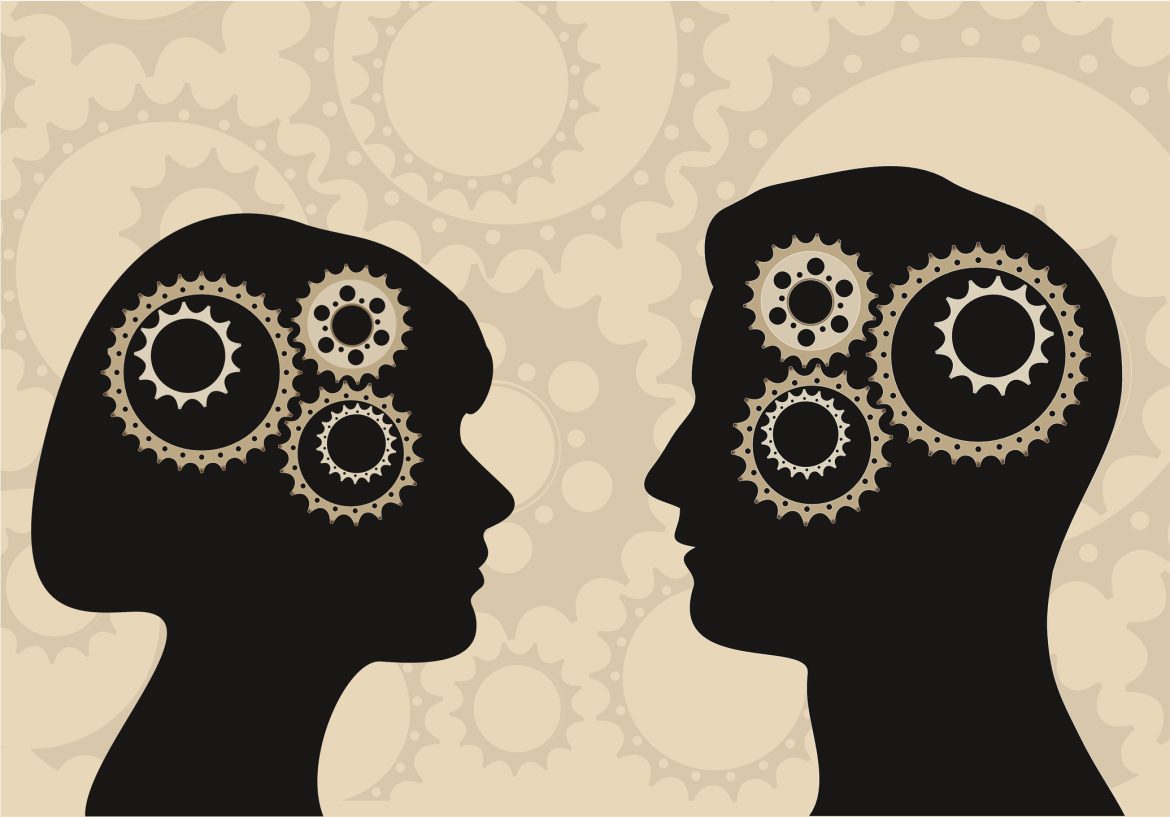“Unlock the Mysteries of the Mind: Explore the Neuroscience of Sex and Gender!”
Introduction
Neuroscience of sex and gender is a field of study that examines the biology and neurochemistry of sexual development and gender identity. It explores how the brain and nervous system interact to create and shape sex and gender identity and how these processes can be affected by environmental and biological influences. This field has grown significantly in recent years due to the increased understanding of the neurobiology of sex and gender. This introduction will provide an overview of the field and its current research trends. It will discuss the biological, psychological, and social factors that influence sex and gender, as well as the implications of this research for social and clinical contexts.
The Neurobiology of Sex Differences in Brain Development
The topic of sex differences in brain development is of increasing interest to researchers and clinicians alike. Studies have shown that men and women have different brain structures and functions, as well as different ways of acting and thinking. In order to better understand these differences, it is important to examine the underlying neurobiology of sex differences.
Recent improvements in neuroimaging technology have made it possible to study the structural and functional differences between men and women in more detail. Structural differences include differences in the size, shape, and connectivity of the brain regions. For example, studies have found that the corpus callosum, a structure that connects the two hemispheres of the brain, is larger in women than men. This larger corpus callosum may be related to the greater ability of women to integrate information between the two hemispheres of the brain.
Functional differences between the sexes are also apparent. Studies have shown that the emotional part of the brain called the amygdala is more active in women when they do tasks like recognizing faces and figuring out how people feel. Women also show greater activation of the prefrontal cortex, a region involved in higher cognitive functions, during tasks involving working memory and decision-making.
In addition to structural and functional differences, there are also differences in the way that the brain develops in the two sexes. Sex hormones, such as testosterone, play an important role in the development of the brain. For example, testosterone has been found to influence the development of the hippocampus, a brain region involved in learning and memory. Additionally, sex hormones have been linked to differences in the maturation of brain regions associated with language and social-emotional processing.
Finally, there is evidence that sex differences in brain development may be due to epigenetic factors. Epigenetic modifications are alterations to the structure of DNA that can influence gene expression without changing the underlying sequence. Studies have found that the patterns of epigenetic modifications differ between the sexes and that these differences may be related to the observed sex differences in behavior and cognition.
In summary, the neurobiology of sex differences in brain development is an area of increasing interest to researchers and clinicians. Structural and functional differences between the sexes have been observed, as well as differences in the way that the brain develops. Sex hormones and epigenetic modifications are thought to be involved in the development of these differences. Further research is necessary to better understand the neurobiology of sex differences in brain development and its implications for behavior and cognition.
The Role of Hormones in the Regulation of Sex and Gender Behaviors
The role of hormones in the regulation of sex and gender behaviors is vitally important in understanding the biological basis for these behaviors. Hormonal influences have been shown to play an essential role in the development of sexual differentiation and the regulation of gender behaviors.
Hormones are chemical messengers that are produced in the endocrine glands, and they are released into the bloodstream to act on other organs and tissues. They control a number of physiological processes, including the regulation of sex and gender behaviors. For example, androgens, such as testosterone, can influence the development of male reproductive organs and the expression of male behaviors. Estrogens, such as estradiol, can influence the development of female reproductive organs and the expression of female behaviors.
In addition, hormones can affect a range of gender-related behaviors, such as aggression, sexual activity, and mating patterns. Research suggests that androgens play a role in the development of male-typical behaviors, such as increased aggression and dominance, while estrogens may be involved in the development of female-typical behaviors, such as increased parental care and sensitivity.
Moreover, hormones can also have an effect on sexual orientation and gender identity. Research has found that prenatal levels of hormones may play a role in influencing sexual orientation and gender identity. For example, prenatal androgens may be associated with male-typical behaviors and same-sex attraction, while prenatal estrogens may be associated with female-typical behaviors and heterosexual attraction.
Overall, hormones are essential for the regulation of sex and gender behaviors. They play a role in the development of sexual differentiation and the expression of gender-related behaviors. Furthermore, hormones may also influence sexual orientation and gender identity. Therefore, hormones are a key factor in understanding the biological basis for these behaviors.
Conclusion
Overall, neuroscience has provided us with a much deeper understanding of the complexities of sex and gender. It has shown us that our biology has a major influence on our behavior and how we experience the world around us. While the differences between males and females are often exaggerated, the underlying biological differences are real and must be taken into account when considering what is normal. We must also take into account the influence of culture and environment on how we perceive and experience sex and gender. Ultimately, neuroscience has opened up a new world of possibilities for understanding our own biology and how we interact with each other.
